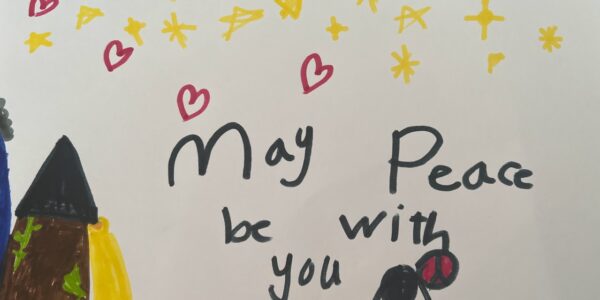Sermons
Live streamed on Facebook every Sunday
Magnificent Mary
The Gospel of Luke is the story of people just like you and me, determining to get started. We meet Mary and Elizabeth in the early stages of pregnancy, the life event that is most representative of life’s wonderful chaos. Hope, joy, anxiety, fear, comfort, discomfort, hormones, tears, laughs, hugs…the emotions are varied and endless. In one another, Mary and Elizabeth find community and support, and even more importantly, a sense of joy and hope. In one another, they find the strength to live out their calling.
Stargazing
Thank God for stars. Because when we gaze at the stars, we are reminded, like the prophet, that we walk in God’s light. We literally walk in God’s light. And God’s light can transform everything we know into something beautiful, something peaceful, something worthy, something illumined, something divine.
Not of This World
I believe God faiths in our faithfulness. Whatever our expression of Millbrook may be in the future, however robust or minimal, frequent or infrequent, structured or fluid, as long as they are rooted in a spirit of kinship, they’re gonna be enough. They’re gonna be beautiful. They’re gonna wonderful. They’re not gonna be of this world. And that’s exactly how it should be.
For The Living of These Days
I believe we can offer first aid to our neighbors without slinging AR15s on our shoulders. I believe we can be generous, sharing our abundance with our neighbors, and still have more than enough. I believe we can choose to forgo conveniences that harm the natural world in order preserve a better world for our children. I believe we can create spaces that honor every expression and representation of humanity rather than fortifying altars of homogenization. I believe we can choose to collaborate rather than dominate, love rather than hate, build up rather than tear down, create rather than replicate. But most of all, I believe we can gather on our own Mount of Olives, in the presence of God and one another, and step out of the overwhelming shadow of Temple, and into the light, purpose, and possibilities of love. We can grasp God’s love. We can be God’s love.
Table Words. Maybe Too Many!
Table Words (Maybe too many!!!) Bob Stillerman Twenty-Fifth Sunday After Pentecost, 11/10/2024 Mark 12:28-34 Sermon Text 11-10-2024 Mark 12:28-34 12:28 One of the scribes came near and heard them disputing with one another, and seeing that he answered them well he asked him, “Which commandment is the first of all?” 12:29 Jesus answered, “The first […]






